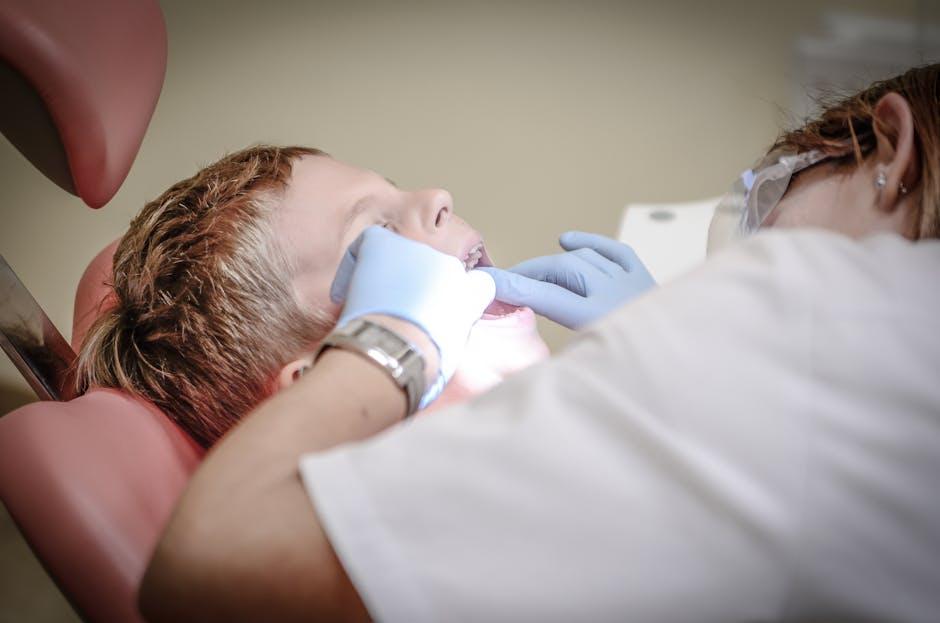
Dentists Warn of Removing Fluoride in NY Water, but Many Upstate Counties Already Lack It – Press & Sun-Bulletin
In recent years, the debate around fluoridation of public water systems has gained momentum in New York State. As some voices call for removing fluoride from municipal water, dentists and public health experts issue strong warnings about the potential consequences. Interestingly, many upstate counties in New York already provide water without added fluoride, raising questions about oral health disparities and the role of community fluoridation.
What Is Fluoride and Why Is It Important?
Fluoride is a naturally occurring mineral that has been scientifically proven to reduce tooth decay and strengthen enamel. For decades, water fluoridation—adding controlled amounts of fluoride to public water systems—has been recognized by the Centers for Disease Control and Prevention (CDC) as one of the top 10 public health achievements of the 20th century.
Benefits of water fluoridation include:
- Reducing tooth decay by up to 25% in children and adults
- Decreasing the incidence of cavities, especially in vulnerable populations
- Providing a low-cost, efficient method for community-wide dental protection
Current Fluoride Status in New York Water Systems
New York State mandates fluoridation in many regions, yet many upstate counties either do not fluoridate their water or have natural fluoride levels below optimal standards. This inconsistency can affect oral health outcomes in these communities.
| Region | Fluoride Added? | Average Cavity Rate (Children) |
|---|---|---|
| New York City Metro Area | Yes | 18% |
| Monroe County (Rochester) | Yes | 20% |
| Broome County (Binghamton) | No | 30% |
| Tompkins County (Ithaca) | No | 28% |
| Onondaga County (Syracuse) | Yes | 22% |
Source: New York State Department of Health (2023)
Why Are Dentists Warning Against Removing Fluoride?
Dental experts warn that removing fluoride from public water could lead to a significant rise in dental caries (cavities), especially among children, older adults, and low-income communities who may not have access to routine dental care or fluoride-containing dental products.
Key Concerns Raised by Dentists:
- Rise in cavities and oral diseases: Without fluoride, enamel protection decreases, making teeth more vulnerable to decay.
- Increased dental costs: More cavities and oral diseases mean higher treatment expenses for families and health systems.
- Public health impact: Water fluoridation is a preventive measure that benefits everyone, including uninsured or underinsured populations.
- Scientific consensus: Leading dental and medical organizations advocate for continued fluoridation based on decades of evidence supporting safety and efficacy.
Dr. Susan Reynolds, a dentist based in Albany, stated in a recent interview with Press & Sun-Bulletin, “Removing fluoride from water is akin to removing a shield against preventable tooth decay. It’s a step backward, especially in areas already struggling with oral health.”
What About the Upstate Counties Without Fluoride?
It’s important to recognize that several upstate counties in New York do not add fluoride to their water, either by choice or lack of infrastructure. This has created a natural experiment of sorts, and unfortunately, many of these regions exhibit higher rates of dental decay among residents.
Challenges Faced by Upstate Communities Without Fluoride
- Limited access to fluoridated dental products in low-income areas
- Higher occurrence of untreated cavities and related health complications
- Disparities in oral health education and preventive care
Benefits of Continuing Water Fluoridation in New York
Water fluoridation remains one of the most cost-effective preventive public health measures to improve dental health statewide. Some key benefits include:
- Equitable dental protection: Benefits all residents regardless of socioeconomic status
- Long-term cost savings: Reduces need for expensive dental treatments
- Improved overall health: Healthy teeth contribute to better nutrition, speech development, and quality of life
Practical Tips for Residents in Non-Fluoridated Areas
If you live in an area without fluoridated water, you can still take proactive steps to protect your oral health:
- Use fluoride toothpaste: Brush twice daily with fluoridated toothpaste
- Consider fluoride rinses or supplements: Consult your dentist about fluoride mouth rinses or prescribed supplements
- Maintain regular dental visits: Routine checkups help catch issues early and provide professional cleanings
- Practice good oral hygiene: Floss daily and maintain a balanced diet low in sugary foods and drinks
Case Study: The Impact of Fluoridation in Monroe County
Monroe County, home to Rochester, has maintained water fluoridation for decades. Studies conducted by the county health department show a marked decline in childhood cavities over the past 20 years compared to neighboring counties without fluoridated water. This case reinforces the strong protective effect of fluoride.
Monroe vs. Broome County Child Cavity Rates Over 10 Years
| Year | Monroe County (Fluoridated) | Broome County (Non-Fluoridated) |
|---|---|---|
| 2013 | 26% | 35% |
| 2018 | 22% | 32% |
| 2023 | 20% | 30% |
Conclusion: Why Fluoride Should Stay in New York’s Water
The ongoing discussion around removing fluoride from New York’s water highlights a critical public health crossroads. While some counties upstate already lack fluoridated water, the evidence and expert consensus are clear: fluoride plays an essential role in preventing tooth decay and promoting oral health. Removing it could lead to worse dental health outcomes and increased costs for individuals and communities alike.
Dentists across New York urge residents and policymakers to prioritize fluoridation as a simple, accessible, and effective preventive health measure. Whether you live in a fluoridated area or not, being informed and proactive about fluoride use and dental care can protect your smile for years to come.


